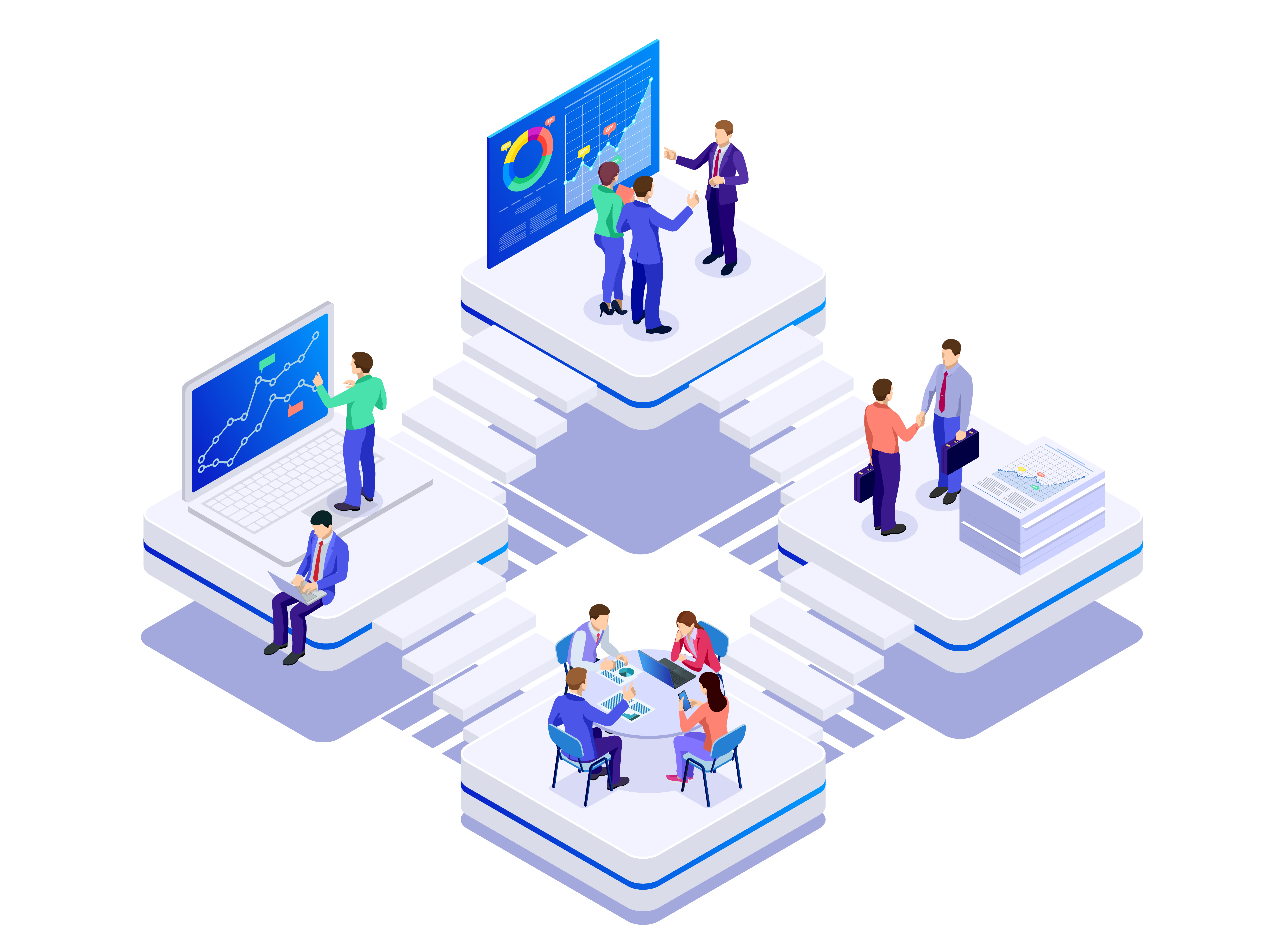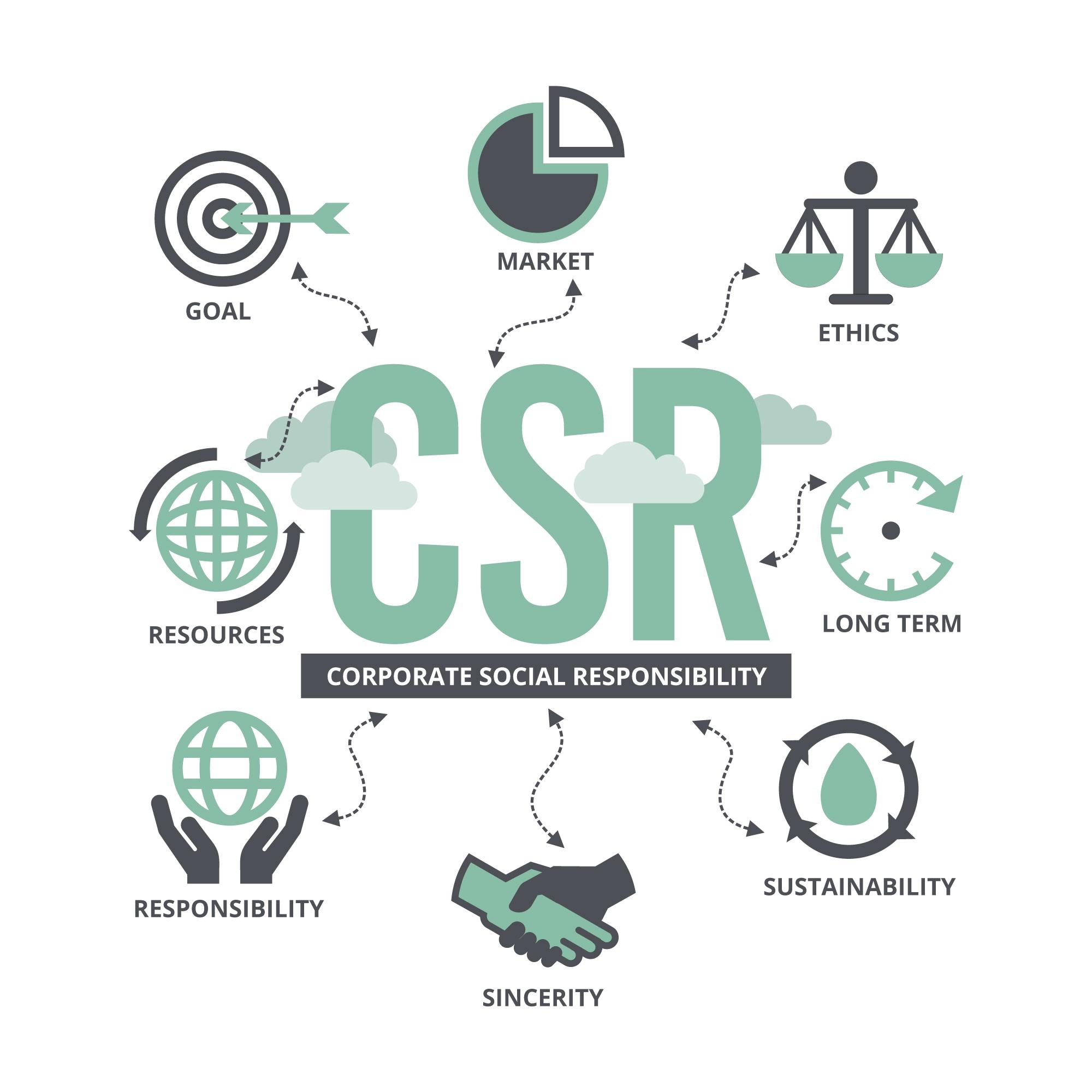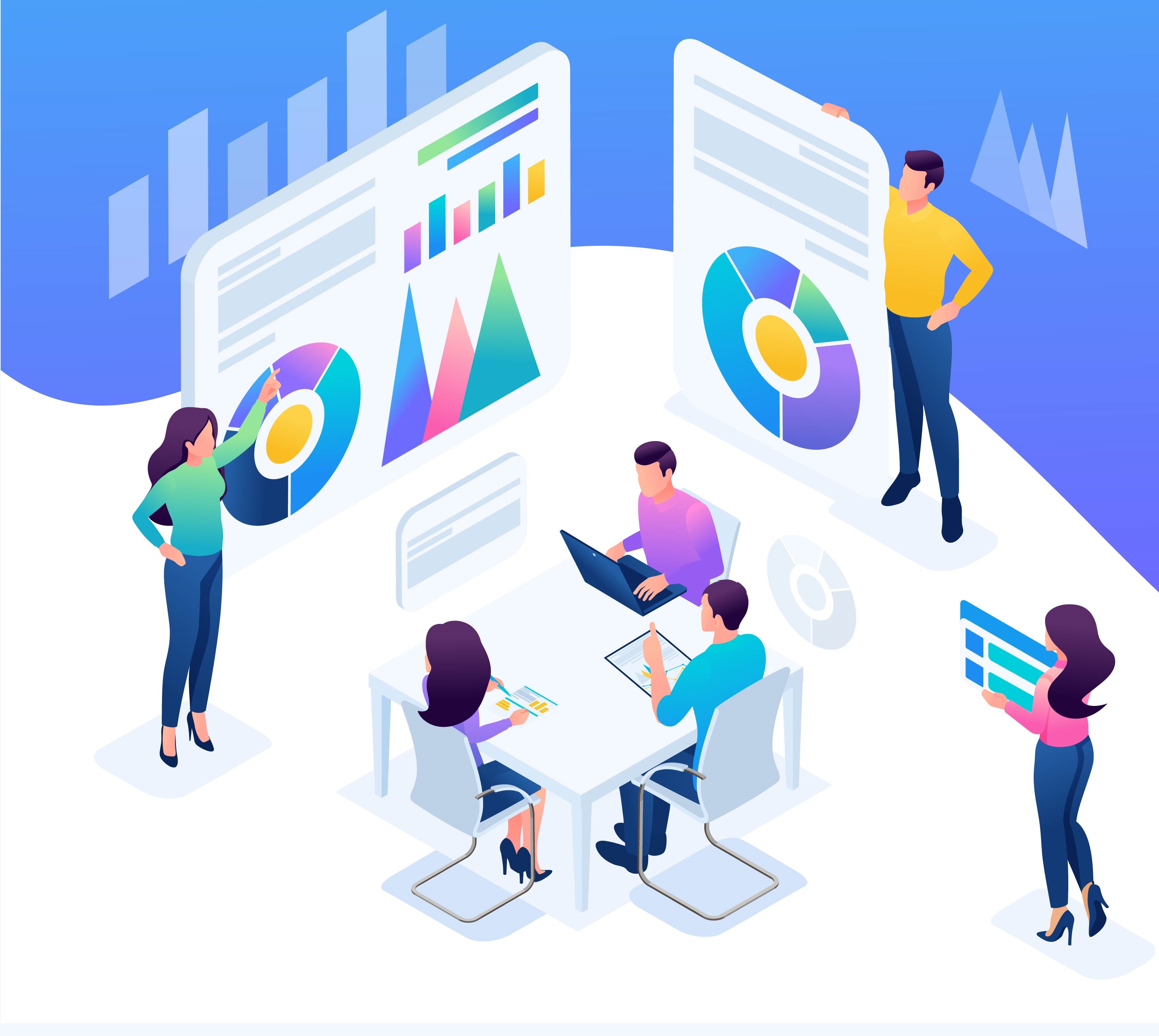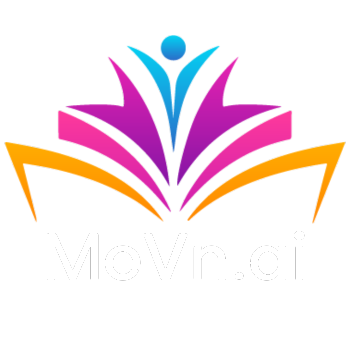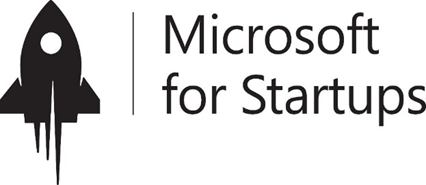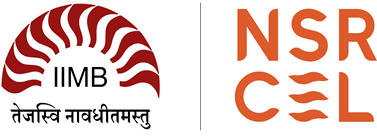
Customer Onboarding Strategies: Enhancing Engagement and Retention from Day One
Customer Onboarding Strategies: Enhancing Engagement and Retention from Day One
As someone deeply invested in the customer success journey, I’ve seen firsthand the transformative power of successful onboarding. It’s clear that customer onboarding strategies are not merely an introductory phase, but a critical path to cementing customer engagement and retention. Navigating this path effectively, as Fred Reichheld suggests, could lead to a significant profit surge, with research showing a 5% increase in customer retention correlating to more than a 25% increase in profit. But how do we unlock this potential? By deploying customer onboarding best practices that resonate with our clients’ needs and accelerate their understanding of our product’s value. Let’s delve into the art of enhancing the onboarding experience and forge an enduring connection with our customers from day one.
Contents
Key Takeaways
- Quality customer onboarding directly affects profit growth, endorsing the philosophy that the more we value our customers, the more our business thrives.
- Simple sign-up processes and immediate goal alignment constitute the cornerstone of successful onboarding.
- Customization is king—each customer has a unique journey that, when acknowledged, leads to greater loyalty.
- Dynamic onboarding content that caters to diverse learning styles can significantly enhance user proficiency and satisfaction.
- Transparency and progress visualization empower customers and build trust through managed expectations.
Setting the Stage for Success: Key Elements of Customer Onboarding
Embarking on an exemplary onboarding process can be likened to laying down a red carpet for new customers—it’s the opening act that determines the course of the client’s journey and loyalty. My experience tells me that a distinct synchronization of various key onboarding elements can either make or break this critical phase. So, what exactly constitutes a well-crafted onboarding symphony? Allow me to guide you through the composition.
The first note strikes with the simplicity of the sign-up. The minimalistic approach here is instrumental; asking for nothing more than essential details such as name and email paves the way for a swift initiation. And for those tech-savvy users, options like single sign-on with Gmail or Apple accounts can be a harmonious convenience.
However, the concerto of onboarding has its complexities, especially for intricate products. Here, it’s pivotal to manage expectations. A customer onboarding checklist, resembling a musical score, guides users through each movement and crescendo of the onboarding suite, providing visual feedback on progress and what’s impending. In these instances, onboarding software can act as the conductor, orchestrating each step efficiently with precision and clarity.
Equally crucial is the tailor-fit customization for each participant in this onboarding ensemble. Different users have unique backgrounds, needs, and skills—something I’ve always acknowledged and respected. For instance, while veteran users may yearn for advanced features and shortcuts, newcomers might appreciate a more guided and explanatory approach. Thus, adapting the onboarding experience to these individual profiles is not just thoughtful; it’s imperative.

“Understanding is the first step to acceptance, and only with acceptance can there be recovery.” This poignant expression rings true within the context of customer onboarding as well. It’s the deep understanding of diverse customer personas that fosters acceptance and satisfaction with the product.
Direct feedback forms the foundation for perpetual improvement. I have cultivated the practice of encouraging candid reactions to the onboarding experience, treating each bit of feedback as an actionable insight to refine and perfect the process further.
Let’s talk about the educational array of content—the diverse ways of knowledge delivery. For me, onboarding is never just about written instructions. An amalgamation of diverse formats like videos, images, and interactive media caters to various learning preferences and solidifies understanding in a more personable and engaging way.
Proactive onboarding is about never leaving customers hunting for breadcrumbs of information. The right resources, like welcome emails rich with guidance for embarking on their journey, and consistent follow-up communication, are my tools for keeping customers informed and engaged. Within the app itself, in-app guidance—from interactive guides to product tours—stands ready at their beck and call. I truly believe that the support they need should find them, not the other way around.
| Onboarding Element | Purpose | Benefit |
|---|---|---|
| Simple Sign-up | To reduce friction at the initial onboarding phase | Increases the likelihood of user engagement |
| Progress Indicators | To set clear expectations and show journey progression | Reduces user anxiety and portrays transparency |
| Customized User Experience | To align with user skills and needs | Ensures user comfort and faster adoption |
| Interactive Content | To accommodate different learning styles | Improves knowledge retention and satisfaction |
| Welcome Emails and Follow-ups | To keep users informed and engaged beyond the app | Builds relationship and trust with the user |
| In-App Support Resources | To offer immediate help without the need for user search | Provides a sense of security and continuous guidance |
As we crescendo towards the conclusion of this section, remember that every note, every pause in our customer onboarding composition means something profound. The collective effect of these key onboarding elements, when performed harmoniously, resonates deeply with users, setting them, and in return us, up for palpable success.
Creating Personalized Experiences to Foster Customer Loyalty
Delving into the heart of customer relationship management, I’ve learned that personalized customer experiences aren’t just a trend—they are pivotal to building robust customer loyalty. In my quest to deliver top-tier customer onboarding experiences, I’ve discovered that tapping into customer segmentation broadens the horizon for bespoke customer journeys, resulting in loyal advocates for the brand.
Identifying Customer Segments and Tailoring the Journey
Starting with customer segmentation enables me to dissect the broad customer base into manageable groups, or customer personas, each with distinct characteristics and expectations. It’s a strategy that has been particularly enlightening in distinguishing the needs of B2C from B2B SaaS onboarding. The nuances of each segment prescribe a custom-tailored onboarding journey that resonates with the users’ needs and goals. Whether it is streamlining the customer onboarding process for startups or curating an elaborate induction for enterprises, the onboarding plan is a sure fit for the customer’s proverbial shoe.
I’ve witnessed how personalized experiences create an environment where customers feel understood, valued, and, most of all, inclined to continue their association with the brand.
Incorporating Feedback Loops for Continuous Improvement
Incorporation of feedback loops in the customer journey isn’t a mere checkpoint; it’s an ongoing collaborative dialogue. These loops provide a vital inflow of insights, directly from the users, funneling into an iterative onboarding process that evolves over time. With every piece of feedback, every customer interaction, I am entrusted with data that sparks continuous improvement—shaping an onboarding experience that is sculpted by the user, for the user.
Leveraging Technology to Scale Personalization
An integral element in enhancing the customer onboarding experience is leveraging the prowess of technology in onboarding. I’ve embraced tools like Stonly, a beacon in the landscape of user onboarding software, offering a plethora of functionalities to finesse the personalized touch. From onboarding automation that shepherds users through tailored pathways to algorithms predicting a project’s journey to completion, technology shoulders the mission of scaling personalization.
Embedded interactive guides, predictive customer onboarding templates, and user-education videos seamlessly integrated into task assignments transform an ordinary onboarding process into an extraordinary brand encounter. These technological touchpoints not only captivate the users but also imbue a sense of autonomy and support that is critical to nurturing long-lasting customer loyalty.
| Customer Segment | Onboarding Focus | Technology Utilized |
|---|---|---|
| B2C | Engagement and Ease of Use | Onboarding automation, Interactive Content |
| B2B SaaS | Comprehensive Feature Introduction | User onboarding software with predictive algorithms |
| SMBs | Goal Alignment and Value Presentation | Tailored Onboarding Journeys with Embedded Training Videos |
| Enterprises | Security and Scalable Personalization | Customizable Onboarding Templates and Enterprise-Grade Automation |
In the grand scheme of things, creating personalized onboarding experiences is tantamount to sowing seeds of loyalty. These seeds burgeon into relationships anchored by trust, value, and a personalized touch—a trifecta that transforms first-time users into lifelong customers.
Conclusion: The Impact of Strategic Onboarding on Retention
As we reflect on our journey through the nuances of customer onboarding, it is evident that strategic onboarding is more than just an introduction—it’s an investment in customer retention. Implementing onboarding best practices is pivotal in carving a streamlined path that customers willingly traverse, leading to enhanced satisfaction and loyalty. Studies have illuminated the significance of these practices, correlating them with marked improvements in customer retention rates. The metrics tell a compelling story; customer onboarding statistics underscore the transformative effect of a tailored, dynamic onboarding strategy on long-term customer relationships.
Throughout my experience, I’ve learned the importance of crafting an onboarding process that mirrors the dependability and clarity of brands like FedEx and Amazon. Setting realistic expectations and valuing the customers’ time lead to reduced anxiety and a trusted rapport. By adopting purpose-built task reminders and employing dependency logic in task completion, we address the individual needs at every stage. Inviting multiple customer personas to the onboarding process and standardizing templates are practices that further reinforce this personalized approach—crucial steps that are underscored by customer onboarding metrics to ensure the performance is always on an upward trajectory.
Going beyond statistical insights, it is the stories of customer delight and engagement that truly measure our success. Celebrating each milestone within the onboarding process fosters a sense of accomplishment and belonging among users. Indeed, the fabric of lasting connections is woven with these threads of strategic planning and thoughtful execution. As we continue to adopt and refine these onboarding principles, we lay the groundwork for an environment conducive to customer satisfaction, creating a compelling customer retention impact that stands the test of time.
FAQ
To enhance customer engagement and retention, the onboarding process should be straightforward and tailored to rapidly showcase product value. Strategies include simplifying sign-up processes, personalizing the onboarding experience based on customer segments, offering visual indicators of progress, and maintaining proactive communication such as welcome emails and support resources. Personalized follow-up communication and interactive guides are also advised.
A thorough customer onboarding checklist should contain items like a simplified sign-up form, a clear outline of next steps, a timeline of what the customer should expect, educational resources tailored to different user levels, regular checkpoints for feedback, and metrics to track the customer’s progress. Implementing onboarding tools and software are also key to an efficient and user-friendly onboarding experience.
Personalized experiences can make customers feel valued and understood, which fosters loyalty. This can be achieved by understanding and segmenting customers to deliver tailored onboarding journeys, incorporating feedback to iterate and improve the process continuously, and leveraging technology to scale personalization efforts, ensuring each customer's experience is as relevant and helpful as possible.
B2C SaaS onboarding typically focuses on simplicity and immediacy, as individual consumers generally value ease of use and quick value delivery. B2B SaaS onboarding, on the other hand, tends to be more detailed and consultative due to the complexity of business processes and the collaboration needed among multiple stakeholders. Both should be personalized but differ in the depth and nature of customer engagement and training provided.
Feedback loops are crucial as they provide insights directly from customers about their onboarding experience. This feedback can drive continuous improvement, allowing businesses to make adjustments to the process in real-time, enhancing the customer experience, speeding up time to value, and ultimately increasing customer satisfaction and retention.
Technology, such as user onboarding software and onboarding automation tools, plays a pivotal role in scaling personalization by providing the means to create interactive guides, product tours, and personalized content relevant to each user's needs. For instance, tools like Stonly help embed these interactive elements within the product, fostering an engaging and intuitive onboarding experience without requiring significant manual effort.
Key onboarding metrics include time to first value, completion rate of onboarding steps, customer satisfaction scores, activation rate, early-stage churn rate, and feedback response rates. Tracking these metrics helps in understanding the effectiveness of the onboarding process, areas that need improvement, and how well you are retaining customers post-onboarding.
Sure, onboarding best practices include setting clear and realistic expectations like FedEx or Amazon in terms of delivering value, using onboarding checklists or progress indicators like timelines for complex products, segmenting customers for tailored experiences, incorporating visual and interactive content, ensuring easy access to support, and celebrating milestones to reinforce a sense of achievement and engagement.
Employee Onboarding: Strategies for Seamless Integration and Success

Customer Onboarding Strategies: Enhancing Engagement and Retention from Day One


